WWF Report: 224 New Species Found in Greater Mekong Region, Including a Totally Rad Monkey and a Large Pit Viper
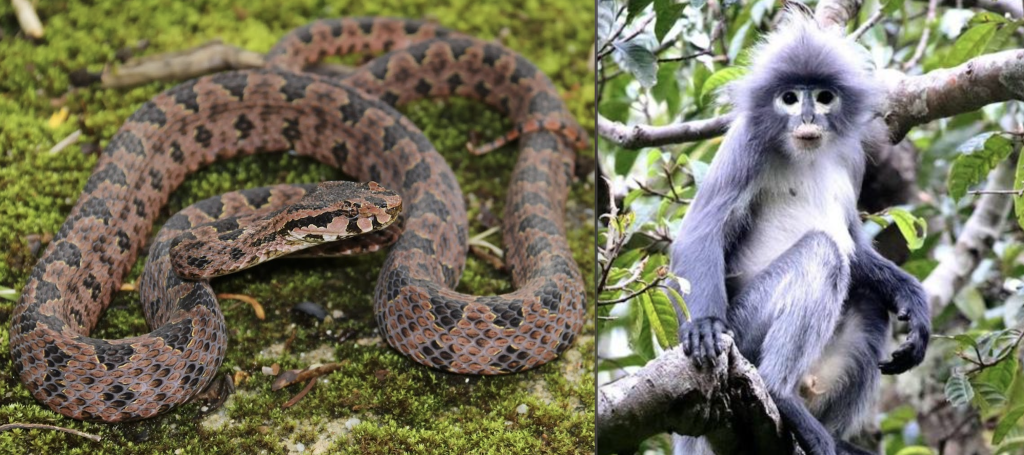
(EnviroNews World News) — In 2020, the World Wildlife Fund (WWF) left the world stunned when the NGO reported that due to human activities, the world had lost 68% of its wildlife in only 50 years. The organization grabbed headlines across the globe again in January 2022, but this time with good news when it announced the discovery of 224 new species in the Greater Mekong Subregion (GMS/the Region) in Asia. The newly-uncovered flora and fauna include 155 plants, 35 reptiles, 17 amphibians, 16 fishes and one mammal.
The Region, which includes Thailand, Myanmar, Laos, Cambodia and Vietnam, is rich in biodiversity, yet suffers from both illegal deforestation and wildlife trade while hosting some of the world’s most endangered species. The WWF has cited the Greater Mekong as one of 11 “deforestation hot spots” – zones that will account for more than 80 precent of global forest loss by 2030.
But the organization’s most recent report on new species discovered in 2020 provides encouraging signs about the resilience of wildlife in natural habitats (it was delayed from its intended release in 2021).
WWF’s announcement notes that new species are discovered with “remarkable frequency” in the Greater Mekong, with more than 3,000 uncovered since 1997. Scientists utilized samples from museum collections to compare pictures and identify key differences between previously-known species and newly-discovered animals, insects and plants. The report urges action for greater conservation measures in the GMS, stating this:
The Greater Mekong is still a frontline for discovery, but these findings highlight what we are losing by destroying the natural environment and engaging in unsustainable wildlife trade. We must work together – and quickly – to conserve the wildlife and habitats that make our region unique, ensuring new species continue to be discovered.
Advocates are hopeful the new data might help bring balance to a disturbing trend in the global loss of wildlife. The people of Earth could use the good news too, considering another study that was issued in 2020 indicating that Earth is now amidst a “sixth mass extinction,” except this time the cause is humanity itself.
“[Species] at the brink have been pushed to a critical conservation status because of human activities, where habitat loss and fragmentation, illegal trade, overexploitation, introduced domestic and wild species, toxification and pollution have played a major role,” scientists wrote in a separate study from 2020 that was published in Proceedings of the National Academy of Sciences. “More recently, climate disruption is becoming a major cause of species endangerment.”
The newly-discovered mammal revealed by WWF is a monkey with what’s been described as “ghostly” white circles around its eyes. The small primate has been named Popa langur (Trachypithecus popa), due to being discovered on the hillsides of the extinct Mount Popa volcano in Myanmar. The WWF collaborated with Fauna and Flora International (FFI) to collect images of the monkeys with camera traps in 2018. The species is already being proposed to be listed as critically endangered because researchers suspect there are only 200-250 specimens remaining in the wild across four isolated locations. The report notes that Popa langurs are also threatened by hunting, habitat loss, and “forest fragmentation caused by agricultural encroachment and unregulated timber extraction.”
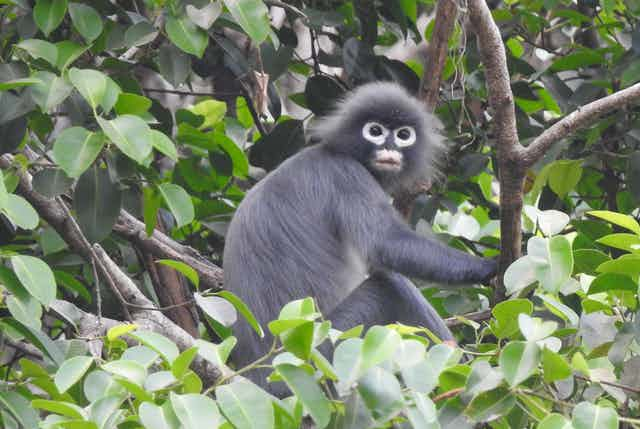
“Additional field surveys and protection measures are urgently required and will be conducted by FFI and others to save the [Popa] langurs from extinction,” Ngwe Lwin, a primatologist with FFI, said in the 2022 WWF report on the newly-discovered species.
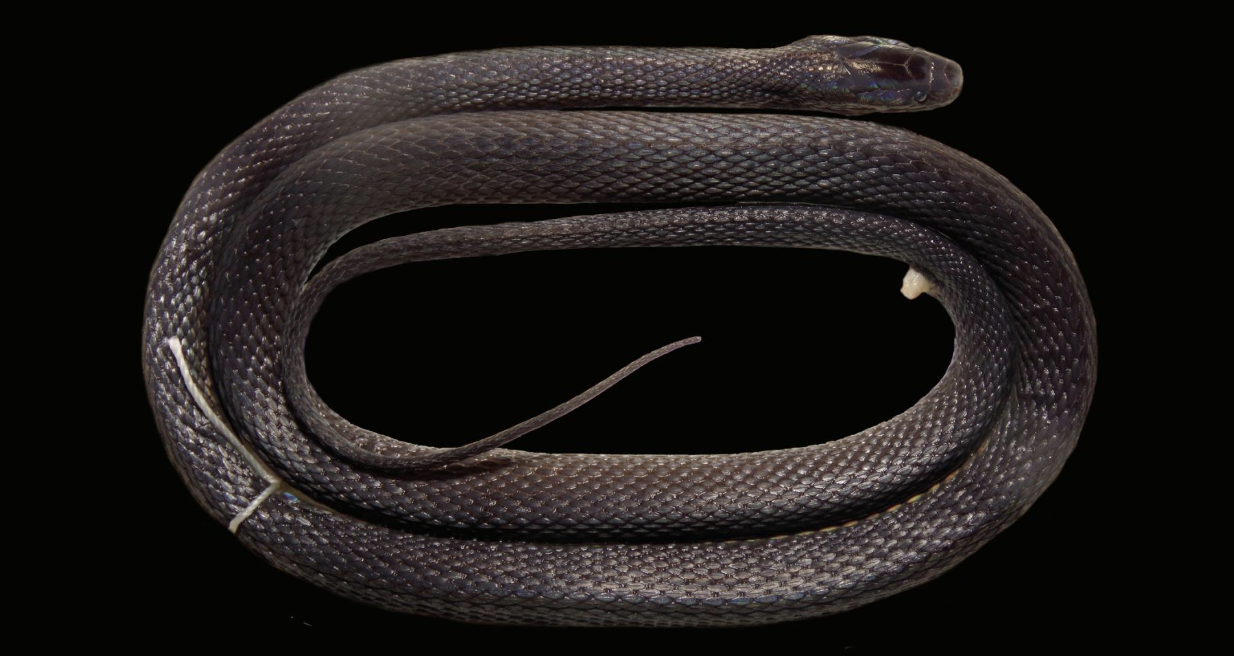
But the monkey from Myanmar wasn’t the only cool creature uncovered; other previously-unbeknownst critters and plants include a new mountain horned dragon (Acanthosaura prasina), the Suan Phueng rock gecko (Cnemaspis selenolagus), a drought-resistant bamboo (Laobambos calcareus) that required “the creation of a whole new genus,” the crescent moon spadefoot frog (Leptobrachium lunatum), and several species of snake including the Omkoi lance-headed pit viper (Protobothrops kelomohy), the orange twin slug snake (Pareas geminatus) and the Zugs’ odd-scaled snake (Achalinus zugorum) which is “iridescent with non-overlapping scales,” according to WWF’s website.
Video on the 224 New Species Compiled for WWF by K Yoganand
“These species are extraordinary, beautiful products of millions of years of evolution, but are under intense threat, with many species going extinct even before they are described,” K Yoganand, WWF’s Greater Mekong regional lead for wildlife and wildlife crime, told Reuters.
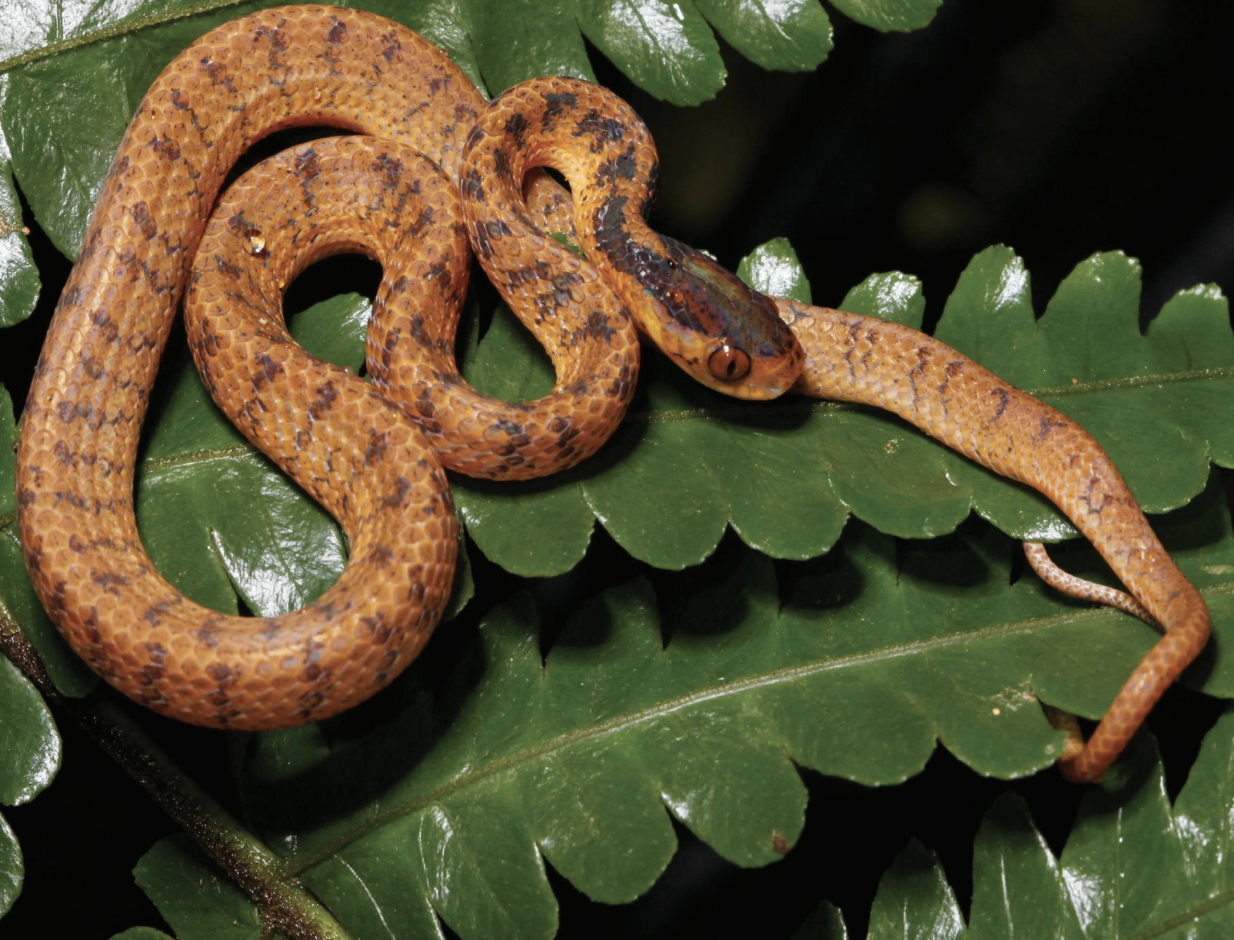
The rampant deforestation in Cambodia is amongst the worst such situations in the world and has been cited as one of the most dismal trends in the Greater Mekong Subregion. A new study by Citizens Engaged in Environmental Justice for All (CEEJA) indicates that Cambodia has lost around 2.5 million hectares of tree-cover over the past two decades, including more than 48,000 hectares from wildlife sanctuaries in 2020. The report blames the Cambodian government for allowing illegal logging to occur “with impunity.”
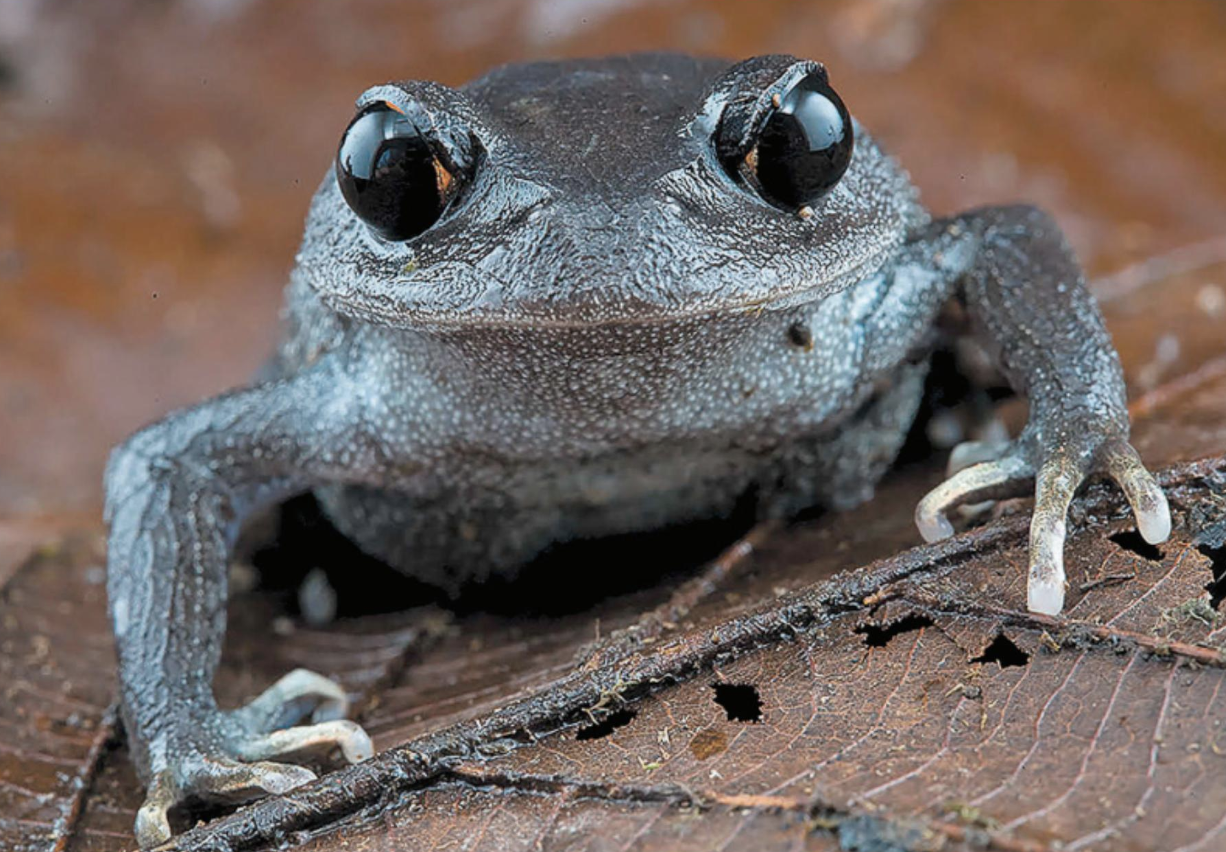
Activists and researchers also point to harassment of community forest patrols as part of the problem. In a new international research report they note that teams monitoring the area encompassing the Prey Lang Wildlife Sanctuary have been increasingly threatened by private security guards employed with logging operations.

“We are aware that the present government seems determined to raze Prey Lang to the ground,” Ida Theilade, a professor at the University of Copenhagen and co-author of the report, told VOD News. “However, we also note the undaunted determination and courage of the civil society in doing the right thing; i.e. fight against unplanned and illegal deforestation and climate change.”
RELATED NEWS FROM ENVIRONEWS
Believed ‘Extinct’ for 30 Yrs., World’s Smallest Hooved Animal, the Vietnam Mouse-Deer, Found Roaming in Remote Forest – EnviroNews | The Environmental News Specialists
(EnviroNews World News) – Amid the “sixth mass extinction,” or “Holocene extinction” as it is referred to by scientists, there are few glimmers of hope or good news. Species are dropping off the planet like flies, and despite the best efforts of government entities, NGOs and devoted conservationists,…
Another ‘Extinct’ Species Risen From the Dead: Somali Elephant Shrew Found Alive in the Wild – EnviroNews | The Environmental News Specialists
(EnviroNews World News) – Djibouti, East Africa – Missing for over 50 years and classified as “extinct,” scientists in the Republic of Djibouti have confirmed the capture of eight Somali sengi (Elephantulus revoilii), commonly known as the Somali elephant shrew. The scientists also saw four others while out collecting…
New Species Named After The New President: ‘Donald Trump’s Hair Moth’ – EnviroNews | The Environmental News Specialists
(EnviroNews Nature) – The third week of January 2017 was a big one for Donald Trump, due not only to his presidential inauguration, but also the fact that he now has a tiny moth named after him and his notorious hair-do.
New Wildlife Species Announced: Antarctic Hairy Chested Yeti Crab — It Even Grows Its Own Food!
(EnviroNews World News) – Even as wildlife species are disappearing off the face of the planet forever at an absolutely horrifying rate, scientists are still discovering new ones more often than you might think. One of the most recent additions to the list of new species is Kiwa tyleri, a.k.a., Hairy Chested Yeti Crab, or the “Hoff Crab” (after David Hasselhoff’s hairy bod on Baywatch).
New Crab Species Discovered at Market Highlights Problems With Unregulated Fishing Industry – EnviroNews | The Environmental News Specialists
(EnviroNews World News) – Guangdon Province, China – Scientists announced this month that they made a slightly disturbing discovery at a fish market in Northern Guangdon, China, where they found what they suspected was a new species of crab. DNA testing confirmed the scientists’ suspicion, but the uncovering…
FILM AND ARTICLE CREDITS
- Greg Schwartz - Journalist, Author


![Leading the Charge for America’s Wild Horses on Capitol Hill: NBA/NFL Celeb. Bonnie-Jill Laflin: ‘[Politics] won’t stop us from fighting’](https://cf-images.us-east-1.prod.boltdns.net/v1/static/1927032138001/f46b2158-cead-47f0-ab44-4b027059411a/4e4afcf2-937d-4a9d-acba-1b82e2efd4c6/160x90/match/image.jpg)


